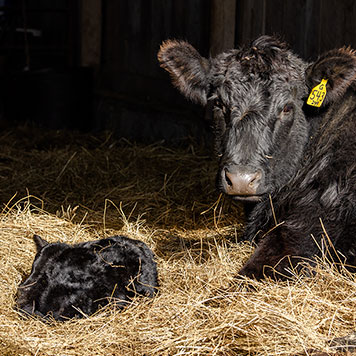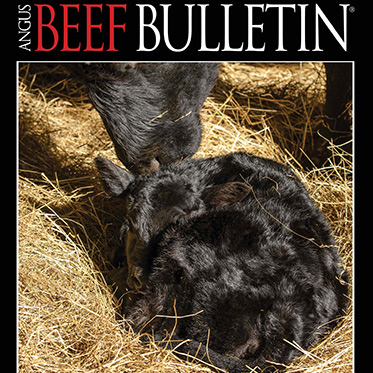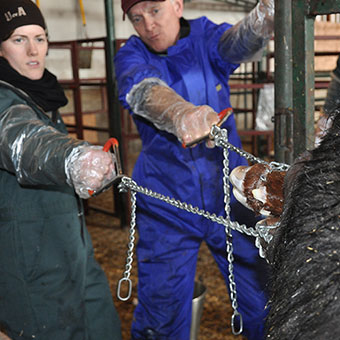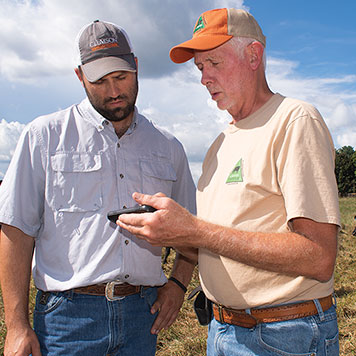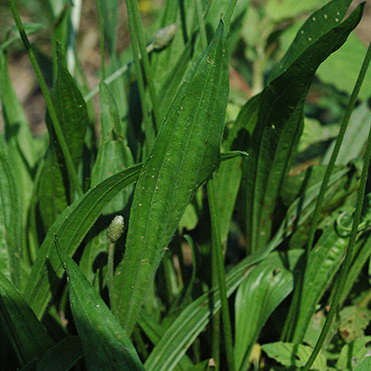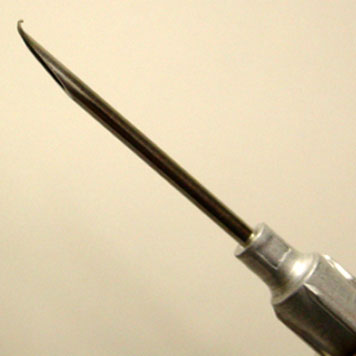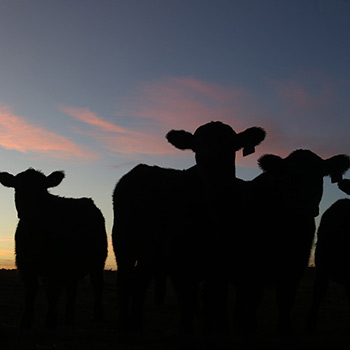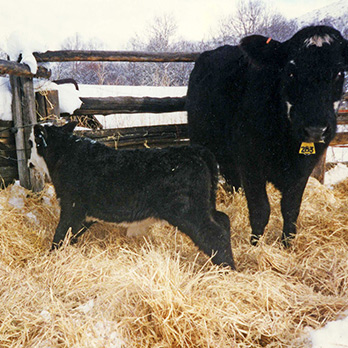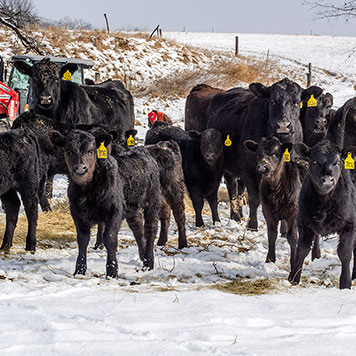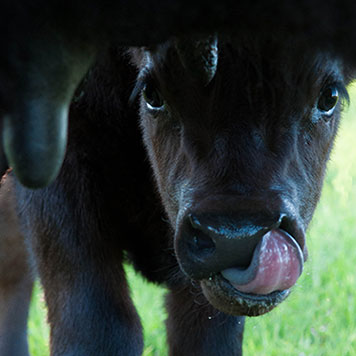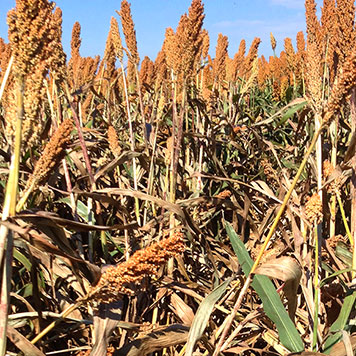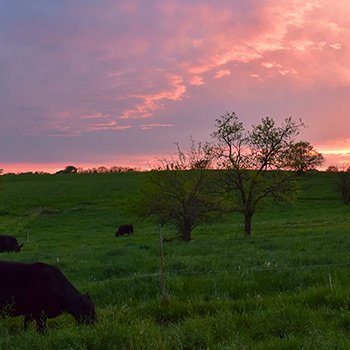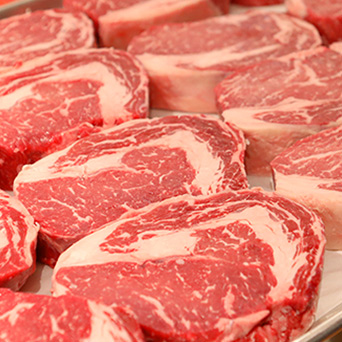Clostridial Infections Fatal in Calves
Vaccinating cows is best protection for young calves.

Clostridia perfringens types A, C and D commonly affect calves from a few days of age to weaning age.
Manuel Chamorro, clinical assistant professor of livestock services in the College of Veterinary Medicine at Kansas State University, says there are several types of C. perfringens bacteria, and some are normal inhabitants of the gastrointestinal (GI) tract of cattle and commonly found in the environment.
“Type C typically causes severe necrotic enteritis in very young calves and can rapidly lead to death. Type A has been associated with abomasal tympany (distended abomasum) and ulceration in older calves. We see this mainly in big, fast-growing beef calves whose dams produce a lot of milk. Type D causes what has been called type D enterotoxemia (pulpy kidney disease) and usually affects the biggest, fast-growing calves on a highly nutritious diet. This condition is quickly fatal. Affected calves are usually found dead or with severe neurological signs,” he explains.
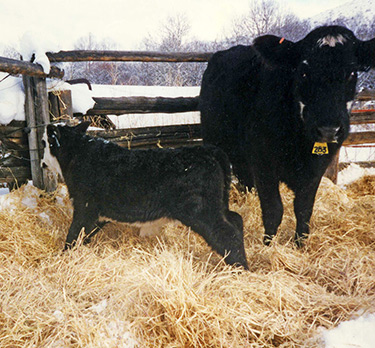 |
This calf has an acute toxic infection with bloat and abdominal pain. This calf was colicky, wobbly and stretching trying to relieve the extreme pain. Luckily, intervention happened soon enough and the calf survived. |
Clostridial pathogens live in the soil, where they can survive a long time in encapsulated form. In the right conditions — without oxygen, inside the animal — they change to active form, multiply and release toxins. These are bad toxins that cause severe damage to multiple organs and tissues, such as the walls of blood vessels, the brain, heart, liver, kidneys, intestines, muscles, etc. They spread through the body via blood circulation and quickly cause organ failure. Sudden death is often the only sign observed, he says.
When calves have necrotic enteritis from type C, they usually show hemorrhagic diarrhea with strands of necrotic mucosa in the feces, abdominal pain and bloat.
“This disease commonly occurs in young calves between 3 and 7 days of age. Calves with type A infection are usually older, and you may or may not see diarrhea. They usually show abdominal distension, colic and severe depression. If you don’t find them in time to treat them, they soon die,” says Chamorro.
C. perfringins type A has also been associated with hemorrhagic bowel syndrome in adult dairy and beef cattle.
“This disease is usually fatal. Affected cows show extreme bloat (on both sides of the abdomen — not just the rumen) and abdominal pain, and often die soon after clinical signs are observed,” he explains.
“With type D enterotoxemia, affected animals commonly are found dead. Toxins from this pathogen cause severe damage to blood vessels; fluid leaks out into surrounding tissues, causing edema. The most affected organ is the brain and central nervous system. If the animals are found still alive, clinical signs include incoordination, difficulty in standing and walking, trembling, abnormal posture, etc.,” he says.
Infections with type C and D can be prevented by vaccination. C and D toxoids are included in seven-way and eight-way clostridial vaccines, but Type A is not. Producers must use a separate vaccine.
Novartis (now Elanco) produced a vaccine called Toxoid A, says Chamorro. Producers can also have autogenous type A vaccines created by certain laboratories, from antigen samples taken from their own herd.
“To prevent type C and D infection in calves, you can vaccinate cows with a seven- or eight-way inactivated toxoid (killed) vaccine while they are pregnant, such as at the time of preg-checking in beef cows and repeat with a booster in 21 days, so the cows will have antibodies in their colostrum to protect their calves. That’s the most effective way to protect young calves,” says Chamorro.
To protect older calves, you can vaccinate them at about 8 weeks of age, at branding time, with a first dose of the eight-way toxoid.
“Ideally, this should be repeated in three or four weeks (about 12 weeks of age), to stimulate full immune protection, but sometimes it is difficult to give that second dose. Many producers don’t get the cattle in again. This could lead to incomplete immune protection and sporadic infections in immune-suppressed calves. Many producers get away with just one vaccination, however, or with repeating the second dose several months later (at weaning) because of high capability of the toxoid (and adjuvants in the clostridial vaccines) to activate the immune system without much help,” he explains.
Editor’s note: Heather Smith Thomas is a freelance writer and cattlewoman from Salmon, Idaho.
